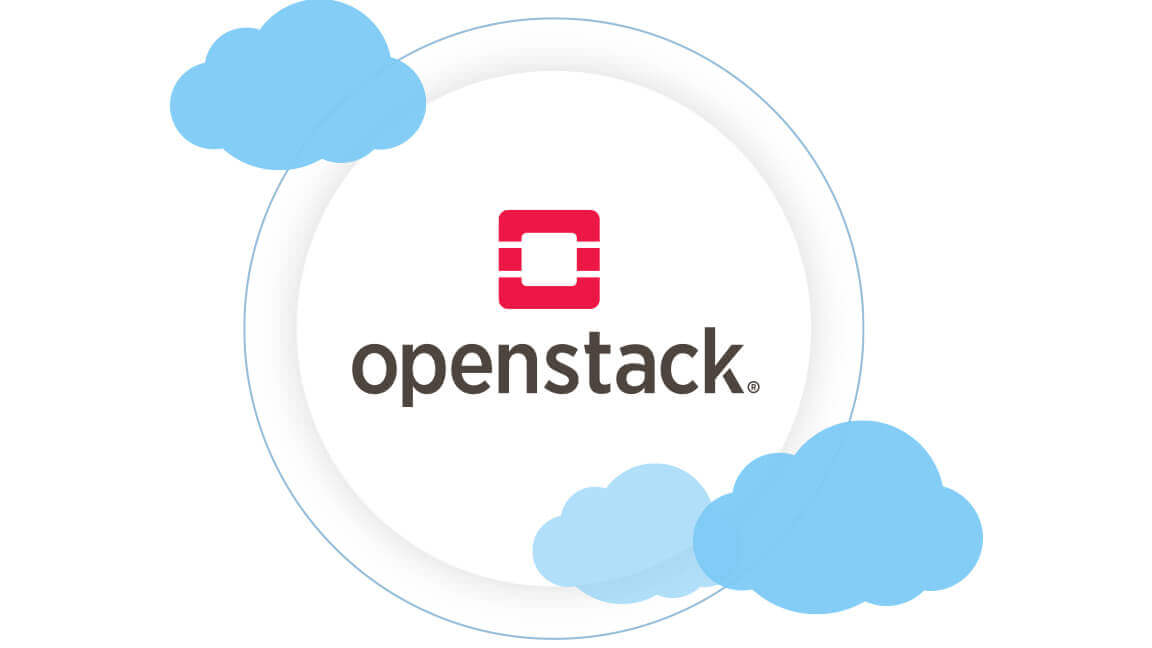OpenStack Explained with Hands-On Examples

Cloud computing has become the backbone of modern businesses, powering everything from websites to enterprise applications. Among the leading open-source solutions is OpenStack — a powerful cloud management platform that allows organizations to control and orchestrate pools of compute, storage, and networking resources.
In this guide, we’ll break down the core components of OpenStack, show you hands-on examples using the CLI, and highlight the benefits and considerations businesses should keep in mind when deploying OpenStack.
🔑 What is OpenStack?
OpenStack is an open-source cloud management platform that brings together a collection of services to manage virtualized infrastructure. It’s used by enterprises, hosting companies, and research organizations to build private and public clouds.
With OpenStack, you can:
Launch and manage virtual machines (VMs)
Handle networking and security for your cloud environment
Store and retrieve data, images, and backups
Automate application deployment
The power of OpenStack lies in its modular architecture, where each service handles a specific function.
⚙️ Core Components of OpenStack (with CLI Examples)
Let’s walk through the major OpenStack services with sample commands. These examples use the OpenStack CLI, which provides direct access to cloud resources.
1. Nova (Compute) – Manage Virtual Machines
Create a VM:
nova boot --flavor m1.small --image ubuntu-20.04 my-web-server
This launches a VM named my-web-server using the ubuntu-20.04 image and the m1.small flavor (resource profile).
2. Keystone (Identity) – Authentication and Authorization
Authenticate a user:
openstack token issue -u your_username -p your_password
This retrieves an authentication token required to interact with other OpenStack services.
3. Horizon (Dashboard) – Web-Based Interface
Access Horizon via your web browser using the URL provided by your OpenStack administrator. This makes OpenStack more accessible to non-technical users.
4. Glance (Image Service) – Manage VM Images
Upload a custom image:
openstack image create --name my-custom-image --file my-custom-image.qcow2
This uploads a .qcow2 image file for use in creating new VMs.
5. Cinder (Block Storage) – Storage Volumes for VMs
Create a block storage volume:
openstack volume create --size 10 --name my-storage-volume
This creates a 10GB storage volume that can be attached to virtual machines.
6. Swift (Object Storage) – Scalable Object Storage
Upload a file to Swift:
openstack object create container_name file_to_upload
This uploads a file into a specified storage container.
7. Neutron (Networking) – Manage Virtual Networks
Create a simple network:
neutron net-create my-net
This sets up a virtual network named my-net. Additional steps are required for subnets and routing.
8. Heat (Orchestration) – Automating Deployments
Sample Heat template in YAML:
resources:
my_web_server:
type: OS::Nova::Server
properties:
name: my-web-server
image: ubuntu-20.04
flavor: m1.small
outputs:
web_server_ip:
value: { get_attr: [ my_web_server, private_ip ] }
This automation script creates a VM and outputs its private IP address.
🌟 Benefits of OpenStack
Open Source & Customizable – Tailor the platform to your business needs.
Highly Scalable – Manages small deployments to enterprise-grade clouds.
Flexible – Supports multiple hypervisors, networking models, and storage backends.
⚠️ Considerations Before Adopting OpenStack
Complex Setup – Requires skilled expertise for installation and management.
Resource Demands – Running OpenStack can consume significant hardware resources.
Learning Curve – Teams need time to master the platform’s services and integrations.
🏢 Why OpenStack Matters for Businesses
For medium-sized and enterprise businesses, OpenStack represents:
A cost-effective alternative to proprietary cloud solutions.
The ability to maintain control over infrastructure while scaling.
A strong choice for organizations needing data sovereignty and customized deployments.
While technical, OpenStack is a valuable tool for businesses that want to harness the cloud on their own terms.
✅ Conclusion
OpenStack empowers businesses with comprehensive cloud management capabilities. From compute to storage and networking, it provides a full-featured platform for building private or public clouds.
Yes, it requires technical expertise to set up—but the rewards for organizations needing scalability, flexibility, and control are significant.
🚀 At Daynebooth, we help businesses navigate digital transformation—from cloud adoption to digital marketing strategies. If your business is exploring cloud solutions like OpenStack, or simply looking to leverage technology for growth, our team is here to guide you.
👉 Visit daynebooth today and let’s build the future of your business together.
Share Article
Our Latest Articles & Resources

Why Digital Marketing Is Crucial for Medium-Sized Businesses (With Key Benefits)
Learn how digital marketing helps medium-sized businesses expand reach, build trust, and compete smart.

Social Media Marketing Goals: 5 Ways Medium-Sized Businesses Can Grow
Discover how medium-sized businesses can strategically use social media to build brand awareness, drive website traffic, generate leads, and boost results with proven goal-based tactics.
We’d love to hear from you! 💬 Which of these 5 social media goals do you find most important for your business—brand awareness, lead generation, traffic, sales, or engagement? Share your thoughts, experiences, or questions in the comments below. Your insights can help other medium-sized business owners grow too!
Join growth-minded professionals and get updated insights, resources, and guides — straight to your inbox.
Updated Insights, Resources & Guides in Your Inbox.
Contact
Office (Nigeria): Silicon Delta Hub, Rivers State
contact@daynebooth.com | info@daynebooth.com
+1 (601) 227-3114
Quick Links
Social

© 2025 Dayne Booth Marketing Agency. All rights reserved.
